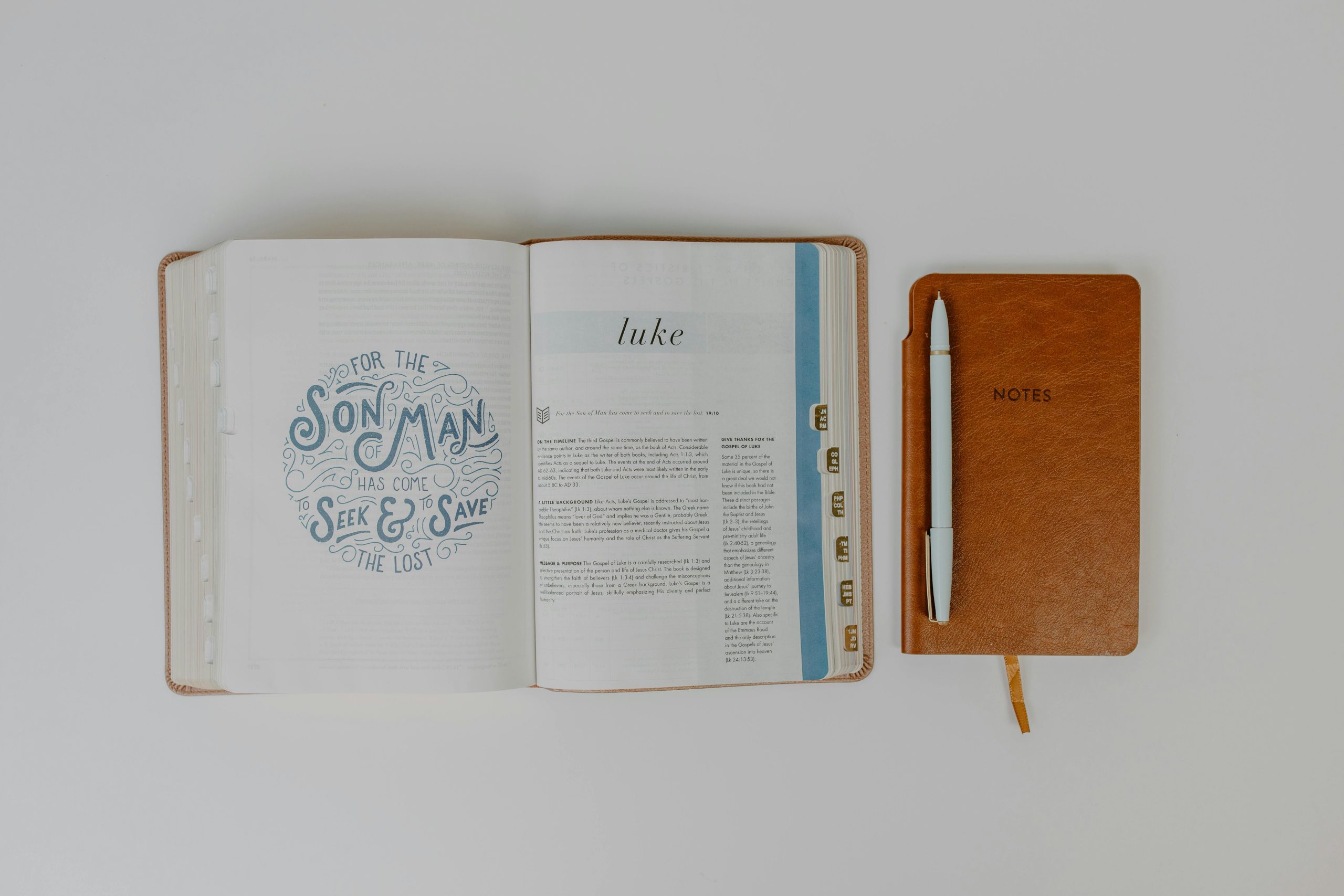How to Create a Flexible Routine That Works for You
In today’s fast-paced world, creating a flexible routine is essential for maintaining balance and achieving your goals. A rigid schedule can feel overwhelming and lead to burnout, while a well-structured yet adaptable routine helps you navigate life’s unpredictability with ease. Whether you’re juggling work, family, or personal pursuits, a flexible routine allows you to stay productive while leaving room for spontaneity and self-care. Here’s how to design a routine that fits your unique lifestyle and priorities.
Understand Your Priorities
The first step in creating a flexible routine is to understand what matters most to you. Identify your core values and goals to ensure your routine aligns with them.
- List Your Priorities: Categorize them into personal, professional, and social aspects. Examples might include fitness, work deadlines, or spending quality time with loved ones.
- Rank Them: Determine which tasks or commitments are non-negotiable and which can be adjusted as needed.
- Set Realistic Goals: Break larger goals into manageable steps to avoid overloading your schedule.
Assess Your Current Schedule
Before creating a new routine, evaluate your current habits and time allocation. This helps identify areas for improvement and time-saving opportunities.
- Track Your Time: For a week, record how you spend each hour of your day. Note recurring patterns and distractions.
- Identify Inefficiencies: Pinpoint activities that waste time or don’t contribute to your goals.
- Recognize Your Peak Productivity Periods: Determine when you’re most focused and energetic, and plan high-priority tasks during these times.
Design a Flexible Framework
A flexible routine isn’t about planning every minute but creating a framework that accommodates changes.
- Time Blocks: Divide your day into chunks for specific activities, such as work, exercise, or relaxation.
- Buffer Zones: Add 15–30 minutes between tasks to account for delays or transitions.
- Prioritization: Use the Eisenhower Matrix to classify tasks as urgent, important, or deferrable.

Embrace Tools and Technology
The right tools can make managing a flexible routine easier.
- Calendar Apps: Use tools like Google Calendar to set reminders and adjust your schedule on the go.
- Task Management Apps: Apps like Trello or Asana help you organize tasks and track progress.
- Habit Trackers: Apps like Habitica or Streaks can motivate you to maintain consistency.
Include Self-Care and Leisure
Flexibility is about balancing productivity with well-being. Incorporate time for activities that recharge your mind and body.
- Schedule Breaks: Include short breaks throughout the day to avoid burnout.
- Pursue Hobbies: Dedicate time to activities you enjoy, such as reading, painting, or gardening.
- Mindfulness Practices: Incorporate yoga, meditation, or deep breathing exercises to stay grounded.

Monitor and Adjust
A flexible routine is dynamic and evolves as your needs change.
- Review Weekly: Reflect on what worked and what didn’t. Adjust your routine accordingly.
- Stay Open to Changes: Life can be unpredictable—embrace the unexpected and adapt without guilt.
- Seek Feedback: If your routine involves others, like family or team members, ask for their input to ensure it works for everyone.

Tips for Long-Term Success
- Start Small: Implement changes gradually to avoid feeling overwhelmed.
- Be Consistent: While flexibility is key, consistency in your habits builds discipline and momentum.
- Celebrate Progress: Acknowledge your achievements, no matter how small, to stay motivated.
Example of a Flexible Daily Routine
| Time Block | Activity | Notes |
|---|---|---|
| 6:30–7:00 AM | Morning Stretch & Meditation | Set a calm and positive tone for the day. |
| 7:00–8:00 AM | Breakfast & Personal Time | Relax with a book or plan your day. |
| 8:00 AM–12:00 PM | Work Focus Block | Handle high-priority tasks. |
| 12:00–12:30 PM | Lunch Break | Step away from work and recharge. |
| 12:30–3:30 PM | Work Focus Block | Complete secondary tasks or meetings. |
| 3:30–4:00 PM | Short Walk or Physical Activity | Boost energy and clear your mind. |
| 4:00–6:00 PM | Flexible Time (Errands, Projects, etc.) | Adjust based on the day’s needs. |
| 6:00–7:00 PM | Dinner & Family Time | Unwind and connect with loved ones. |
| 7:00–9:00 PM | Relaxation or Hobbies | Pursue interests or enjoy downtime. |
| 9:00–9:30 PM | Wind Down (Reading, Journaling, etc.) | Prepare for restful sleep. |
Conclusion
A flexible routine is the key to managing your time effectively while staying adaptable to life’s demands. By understanding your priorities, creating a framework, and regularly reassessing, you can build a routine that supports your goals and well-being. Embrace flexibility as a tool for balance, and watch how it transforms your productivity and peace of mind. Start small, stay consistent, and enjoy the freedom a well-structured yet adaptable routine brings.

Leave a Reply